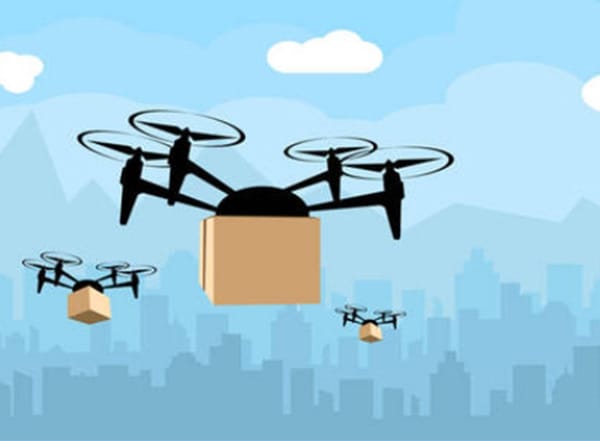
If you have to think about implementing safety measures and securing the periphery of a space, you would probably think about the perpetrators invading from four sides. However, now, there is another dimension that needs to be protected. Yes, we are talking about airspaces. The way in which drones have become widely accessible in capitalist economies has transformed the way national security works. In fact, counter-unmanned aerial systems (C-UAS) have become the need of the hour to address a range of pressing security and privacy concerns. Not sure how C-UAS systems work and why they are vital? Without further ado, here’s why counter-drone technology has become imperative for law enforcement agencies worldwide.
How Drones Challenge Aerial Security?
The debate about whether drones are good or bad has been going on for years. Although originally UAVs (Unmanned Aerial Vehicles) were used for recreational purposes, with the dynamic advancements in technology, they have presented multi-faceted challenges for law enforcement. For instance, they can be used in criminal activities, like smuggling contraband into prisons, facilitating unauthorized surveillance, and even posing a threat to crowded and sensitive areas like airports, stadiums, defense bases, power plants, ports, and more. The solution? Counter-unmanned aircraft system that can stop drones from breaching restricted airspace, evading traditional security and compromising public safety.
Using Counter-Drone Solutions
Counter-drone solutions can be used by government and law-enforcement agencies to actively monitor and counter aerial threats. With skillful detecting, tracking, and neutralization methods, C-UAS systems can stop rogue drones from entering into restricted airspaces. Drone Detection systems such as radar, acoustic sensors, and radio frequency scanners can enable authorities to detect and identify unauthorized drone activity. Once the potential threat is detected, tracking technologies like optical recognition can allow law enforcement to monitor the drone’s movements.
C-UAS solutions can also include methods like signal jamming systems and drone jamming guns to counter rogue drones and stop their illegal activities. Critical infrastructures such as airports, government buildings, and public events are prime targets for potential drone threats. However, using counter-drone measures these places can be safe from the potential threats and function uninterruptedly.
Similarly, even when unauthorized drones are used for recreational purposes to get a unique aerial view of UNESCO sites or other historical monuments, they can collide with the infrastructure and cause irreparable damage or harm public safety. However, with the use of C-UAS mechanisms, government authorities might stop unauthorized drones from damaging national property, including historical monuments.
Conclusion
There have been numerous instances where drones equipped with high-resolution cameras have intruded into sensitive areas and raised ethical and legal concerns. Previously, law enforcement officers and government authorities were nearly incapable of identifying the drones or stopping them. However, now, with the inception of counter-unmanned aircraft systems, they can keep unauthorized UAVs at bay.
Looking for counter-unmanned aerial systems that can safeguard public safety, protect critical infrastructure, and uphold privacy rights? We have a range of effective C-UAS solutions with advanced technologies for aerial security!
